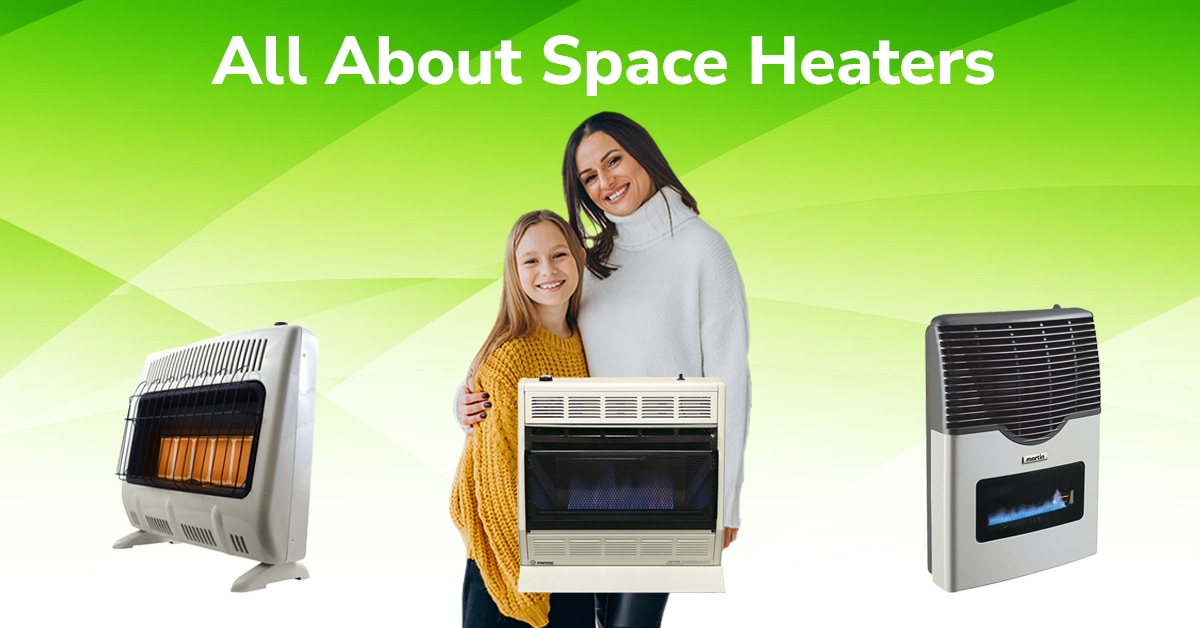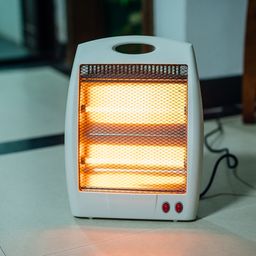1 Source Portable Air - The Facts
Rumored Buzz on 1 Source Portable Air
Table of Contents1 Source Portable Air Can Be Fun For EveryoneThe smart Trick of 1 Source Portable Air That Nobody is Talking AboutAll about 1 Source Portable AirThe Only Guide for 1 Source Portable AirAll About 1 Source Portable Air
Running expenses are based on an electricity rate of 40c/kWh. The expenses for 3 months' use in winter months are based upon 500 hours use, or roughly 6 hours daily for 3 months. Maximum warm result is based upon the maximum electrical power of the models we have actually checked (we focus on greater power level heaters).
On standard, tiny follower heaters are much less expensive to get, however can have greater running prices. Oil column heating systems will certainly be the most affordable on the market to run (on standard) however just by a slim margin in advance of convection heaters (like panel and micathermic panels).
Rumored Buzz on 1 Source Portable Air
If you have a reversible ceiling follower, it'll help spread the warm around the room more equally. A number of costly heating units have fallen short to thrill our testers, while some less expensive versions make for surprisingly excellent buys.
As the name suggests, they emit warmth from a heated home heating component (so the family will have to take turns sitting in front of it). Glowing heaters are fairly inexpensive.
The reasonably revealed burner can be a fire and safety threat. A piece of garments went down over it might ignite, or small kids playing around a flooring model may burn themselves, so be mindful. Radiant heating systems usually set you back between $20 and $200. Oil-filled column heating units don't really burn oil they use electrical energy to heat up the oil that's sealed inside their columns or 'fins'.
1 Source Portable Air - Questions
Some column heaters aren't even oil-filled however rather make use of various other material or home heating modern technology to function similarly - 1 Source Portable Air. The risk of fire with an oil column heating unit is low contrasted to other heater kinds, however never zero. Oil heating systems do not have exposed components like glowing heating units do, and their surface temperature is reduced than several various other heating system kinds (their large surface offsets it)
Oil column heaters won't take off, and while they do not burn their oil to produce warmth, it's still flammable, so there is a fire danger if the oil leakages, if the heater ideas over and leakages, or if flammable objects or textile enter into call or drop on the heating system. You need to exercise the same level of caution with oil heating systems when it comes to other heating unit types, and never hang towels or clothes over one to dry them use a drying out rack instead, at the very least one metre away.
Column heaters are particularly helpful in rooms where they'll be activated for have a peek at these guys long periods of time or where they'll operate ignored, such as over night in a bedroom. The surfaces you're likely to discuss a column heating system don't get as warm as other kinds of electrical heaters. You can make use of a ceiling fan on extremely low speed to aid the column heating unit to distribute the heat faster and much more uniformly.
If there's very little air motion (for example, if you're sitting reading or enjoying television), the warm might not be dispersed uniformly. his response Oil-filled column heating units usually set you back in between $50 and $450. Convection and panel heating systems draw cold air over an electric heating element. The warmed air then leaves the heater and climbs in the direction of the ceiling, while cooler air relocate to replace it.
Getting The 1 Source Portable Air To Work

Convection and panel heaters are extra portable than their oil-filled column heating system equivalents because they're dramatically lighter. Like a column heating unit, you can make use of a ceiling fan on extremely reduced speed to distribute the warmth faster and a lot more evenly.

All about 1 Source Portable Air
Fan heating systems are often smaller official source and extra mobile than various other electric heating units. They additionally come in the type of tower follower heaters, which can be better for distributing warm around bigger rooms due to their taller profile. They can heat the air in a space a lot more rapidly, uniformly and promptly than some other heating system kinds.
They can be fairly noisy with the fan on full power, however are generally reasonably quiet at lower follower speeds. Fan heating systems (ceramic or otherwise) usually price in between $60 and $900. Ceramic follower heating units aren't always any different in rate to non-ceramic designs. A fairly current entrant into the customer market, infrared heating systems heat the space like the sun heats your face (without the UV rays so no risk of skin cancer). 1 Source Portable Air.